Art
Gnaw by Janine Antoni
Gnawed chocolate and lard as art. From the artist's website:She gnawed it in 1992.

Posted By: Alex - Wed Mar 01, 2023 -
Comments (0)
Category: Art, Chocolate, 1990s
Plant Machete
A machete-wielding plant. From the website of David Bowen, its creator:The Day of the Triffids would have been a gorier novel if the plants had machetes.

via WhatTheyTh!nk
Posted By: Alex - Mon Feb 13, 2023 -
Comments (4)
Category: Art, Botany, Weapons
For Carl Andre
For Carl Andre is a 1970 artwork by Lynda Benglis. It consists of a heap of polyurethane foam sitting in the corner of a room. It's owned by the Modern Art Museum of Fort Worth.
The title refers to the sculptor Carl Andre, known for his ultra-minimalist works. For instance, one of Andre's more famous works, Equivalent VIII, consisted of a rectangular stack of bricks. The Fort Worth Art Museum catalog notes:
So it's not "strictly pejorative," but maybe it's slightly so? Or satirical?
Posted By: Alex - Wed Feb 08, 2023 -
Comments (3)
Category: Art, 1970s, Satire
Artwork Khrushchev Probably Would Not Have Liked 48
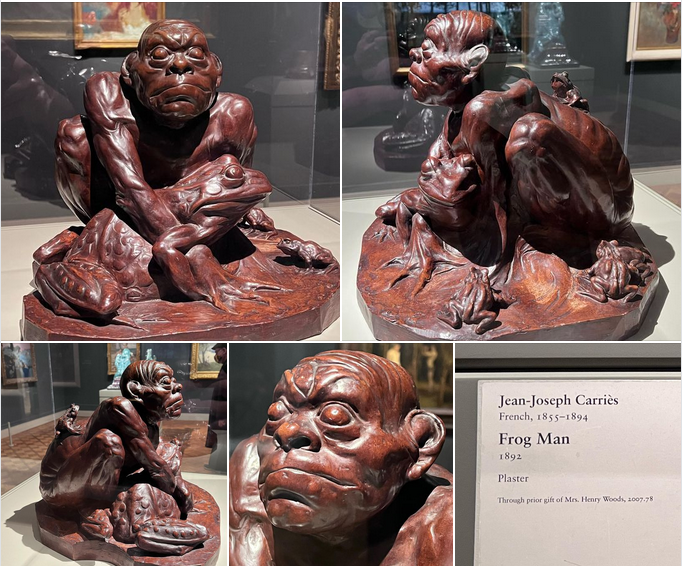
His Wikipedia page.
Posted By: Paul - Thu Jan 26, 2023 -
Comments (0)
Category: Animals, Art, Cryptozoology, Nineteenth Century
The Senster
Explanatory text from Are Computers Alive? Evolution and New Life Forms, by Geoff Simons (1983).Watch it in action below. The people desperately trying to get its attention clearly hadn't watched enough horror movies to know what usually happens next in situations with sentient machines.
More info: senster.com
Posted By: Alex - Wed Jan 25, 2023 -
Comments (2)
Category: Art, Technology, AI, Robots and Other Automatons, 1970s
Bonham’s Auction of Curated Curiosities
View more items here. Auction kicks off January 25th.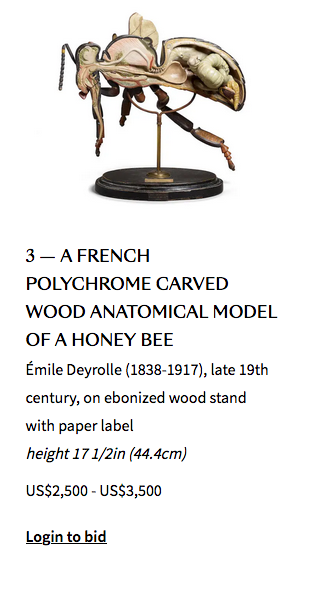
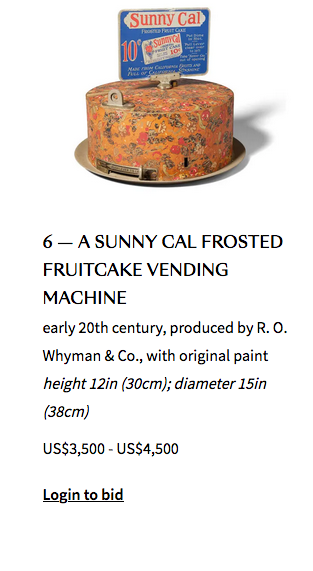
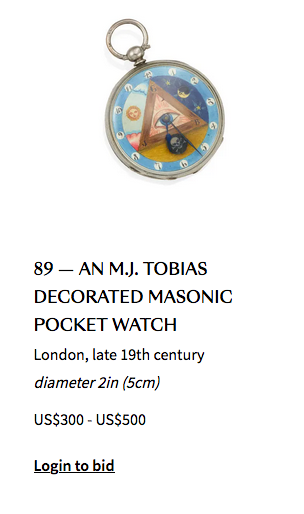
Posted By: Paul - Wed Jan 11, 2023 -
Comments (0)
Category: Art, Souvenirs, Mementos, and Tchotchkes, Auctions, Estate Sales, Ebay and other Bidding Venues
Dogs in Uniform
For prices starting at around $400 (converted from £330), you can get an oil painting of your dog in uniform.No mention of cats in uniform, but I'm guessing that if you're willing to pay for it, they'd be willing to paint it.
More info: Fabulous Masterpieces


Posted By: Alex - Sat Jan 07, 2023 -
Comments (1)
Category: Art, Military, Dogs
Is it art, or is it a medical emergency?
London police recently responded to a report of a woman in an art gallery who appeared to be unconscious. The gallery was closed, but the non-moving woman could be seen through a window. So, "officers forced entry to the address, where they uncovered that the person was in fact a mannequin."The mannequin was part of a sculpture by American artist Mark Jenkins depicting the time his sister had "passed out and buried her face in a plate of soup."
More info: artnet.com

Posted By: Alex - Wed Dec 28, 2022 -
Comments (1)
Category: Art, Confusion, Misunderstanding, and Incomprehension
Endogen Depression—Turkeys and TV sets
The art installation "Endogen Depression," by Wolf Vostell, consisted of 30 television sets, partially cast in concrete, and five live turkeys.Vostell presented this installation once in the U.S., at the Los Angeles Institute of Contemporary Art, in December 1980.

source: LA Public Library
Text from the LA Times (Dec 17, 1980):
Vostell means to contrast the sophistication of TVs and turkeys. The birds win handily. He also feels we can learn more from reputedly stupid turkeys than from television, but the comparison may not be a fiar one. The TV drone is so familiar and the programming so low-level, we quickly accept it as easily tuned-out background noise. Turkeys, on the other hand, look downright exotic to city folks who have never encountered one off a serving dish and wearing its feathers.
You can check out a video of the turkeys and TVs from the 1980 event at vimeo.com (embedding was disabled).
Posted By: Alex - Sun Dec 18, 2022 -
Comments (2)
Category: Art, Television, 1980s
Artwork Khrushchev Probably Would Not Have Liked 47
The Wikipedia page.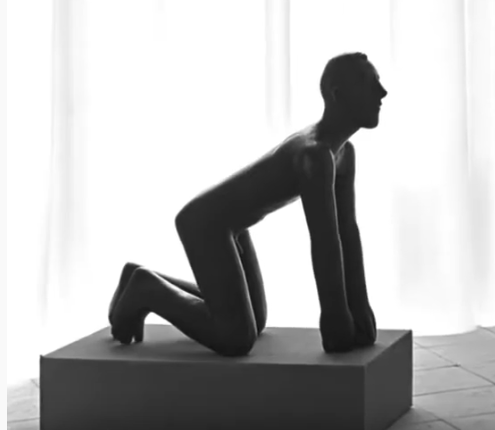
Posted By: Paul - Sun Nov 27, 2022 -
Comments (1)
Category: Art, Avant Garde, 1950s, Europe, Russia

| Who We Are |
|---|
| Alex Boese Alex is the creator and curator of the Museum of Hoaxes. He's also the author of various weird, non-fiction, science-themed books such as Elephants on Acid and Psychedelic Apes. Paul Di Filippo Paul has been paid to put weird ideas into fictional form for over thirty years, in his career as a noted science fiction writer. He has recently begun blogging on many curious topics with three fellow writers at The Inferior 4+1. Contact Us |




